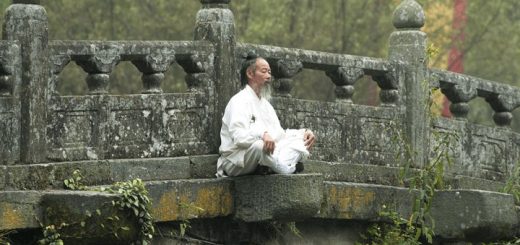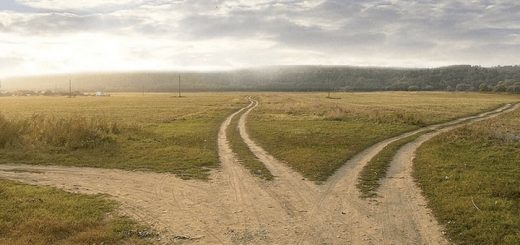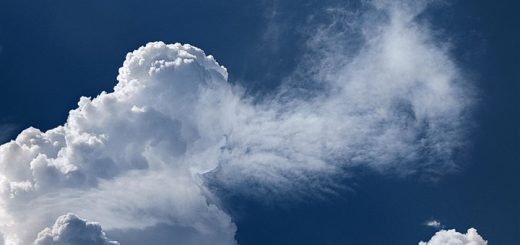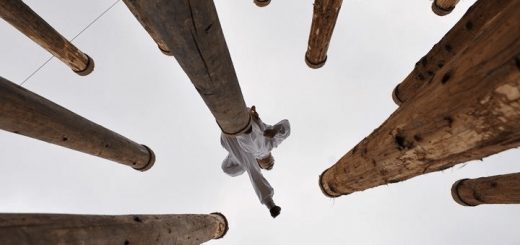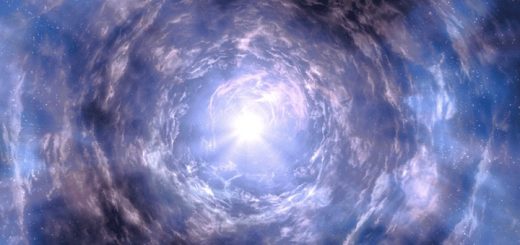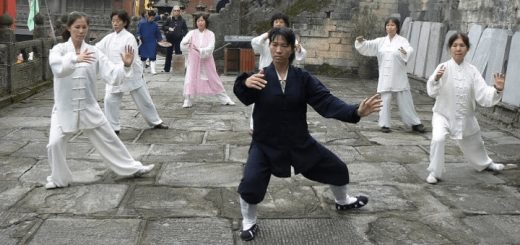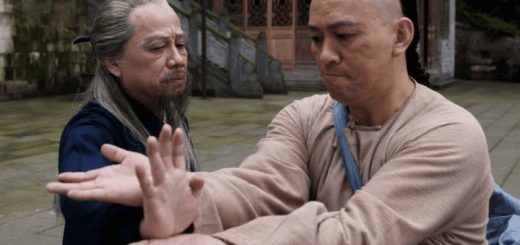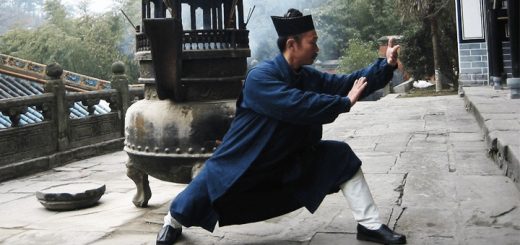Dao

Nowadays this term is quite widely used in the most diverse spheres of activities; and term “philosophy of Dao” is gaining in more and more popularity. However, unfortunately, very often we face distortion of its intrinsic meaning. To understand its meaning, one should, first of all, appeal to Daoist Tradition, as it is based on aspiration for comprehension of Dao and the true inwardness of reality.
Dao connotes first cause and source of all things existent. Dao is an Original True Reality that exists beyond our reality, space, time and any categories and forms in total, which we usually use to describe the world around us. This is what, in particular, the first line of Dao De Jing makes a good point on: Dao is not a path, which can be passed (named, described with common categories) – for more details about this see below.
However, while existing beyond the frames of mundanity, Dao penetrates the entire Universe, exists everywhere, in everything, and always, determining principles of existence of everything else, which is, inherently, only one from the aspects of Dao. Due to its “other-worldliness”, Dao is impossible to comprehend with an ordinary human mind, as the last one is narrow, whereas Dao is boundless in its comprehension and aspects. That is why any effort to explain, through the use of mind, something that is beyond its frames, is a meaningless and loosing battle.
In such instance, a reasonable question appears: how may one comprehend Dao, when our mind is powerless in this matter? In very deed, our consciousness is potentially as much unlimited as Dao, and its limitations are laid on by the reality in which we live (Postcelestial aspect of existence). Since childhood, we see this world, interact with people around us, form our world outlook, personality, Ego, and gradually get accustomed to perceive reality via the prism of a worldview, which has been formed in our heads. That actually our limitation is. Here, in order to comprehend Dao, one should leave it, “arose”, and clean own consciousness out from Postcelectial, by coming back to unclutteredness and purity of ones Original Consciousness/ Original Spirit.
How may one do it? An answer to this question resides in one more meaning of term of Dao – Dao as a Path, method, and complex of practices for transformation of human body and mind aiming to find Dao (as Supreme Truth, Primary Source). Already in this dual meaning of the term Dao a distinctive feature of Daoism philosophy may be seen: rejection of sharp-cut precise concepts that once again narrow human consciousness. Instead of it, hints and guides, which are able to move person to a proper comprehension, are used. However, they are given only if one is not afraid to loose a “strong soil” of established conceptions, and will leave referring to the “horse-and-buggy approaches” of habitual world perception.
Dao philosophy involves understanding of its immensity, incredibility to set it into frames defined in advance. That is why it employs a very flexible approach to a personal self-development and explanation of different concepts. Herein, one should always remember that all exhibited and said shall be not a final Truth, but only a way to mark the direction of moving, necessary for a practitioner here and now, on a certain level of mastership.
At this point, it is very important not to conceive “a finger as a Moon, on which it directs” one in the course of time. Remember that any unambiguous conception (about origins of the Universe and mankind, about the way a Path, practice should be etc.) only binds a person, as Supreme (Dao) cannot be limited and clear-cut. Therefore, if not to become attached to the words, any word may be used for a deeper insight of Dao. But if to stick to the words, the Truth will never be achieved, as they will always limit us.
Let us take a look at hieroglyph “Dao”, as it already involves a deep philosophy, understanding of which is very important for an accurate practicing of Dao.
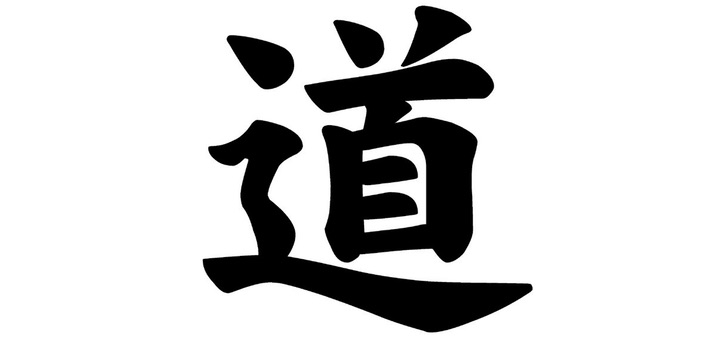
Hieroglyph consists from 2 parts: left and right. The right part may also be divided into two parts: upper and lower ones. The upper right part means “integrated Universe”; two titles on the top are symbolical of Yin and Yang. This means that the whole Universe consists from two polar powers and, meantime, stays being an integrated unit. Lower right part means “my self” (自). If to scan it, one may see that hieroglyph represents a rectangle, which has three sectors inside. According to the Daoist tradition, a person (“my self”) has got three Treasures: Jing, Qi and Shen, and three most important centers – Dantians (lower, central and upper), which present different levels of a human existence reality.
Namely this trinity (that should be reached by means of Internal Alchemy practices) is what hieroglyph “my self” is symbolical of.
Above the rectangle, there is a vertical line that is situated in the middle and is a connecting link between the upper and the lower parts. The line means that, when the Three Treasures join, when the central channel Zhong mai is open, and “integration of the Three Primordialities” is achieved; a “spiritual channel” opens, which brings one an opportunity to comprehend the “integrated Universe”. Since this moment person and Universe become integral with each other. Only having realized the condition of an Ensemble, person may conceive own Inner Nature, which is the target of ones spiritual development.
When linking upper and lower parts, we receive hieroglyph that means “head” (首) and is symbolical for the fact that all the universe is “in our heads”, i.e. is our brainchild. This statement is hard even to accept, needless to say about perceiving all its deepness and meaning.
The left part of the hieroglyph “Dao” (辶) is translated as “movement”, “walk with stoppings”, “path”. This reflects the second aspect of the term Dao – as a path for advance of the True Nature of the universe comprehension.
That is why it follows the Path of integration of severality into Ensemble, moving from “branches to the root”, follows the “backward moving” from Being to Not being. In the course of an accurate practice, conjunction of three external powers (of Heaven, Earth and Human) and three internal (Jing, Qi and Shen) arises. Consequently, a practitioner becomes an enlightened creature, which is released from obscurations and, therefore, conceives Dao. Person who achieves such a level of realization is called “True Celestial Immortal” in Daoism Tradition.
Asking oneself a question “what is the meaning of life?”, a human begins to seek for a Path, tradition, which could help one to find an answer for it. If a Path is chosen correctly, a neophyte starts, first of all, exploring himself, developing physical, energetic and spiritual sides. When improving in learning, one realizes that separation of “Me” and “Nature” is only Postcelestial conditionality.
Let us refer to one of the most important Daoism treatises, which is acknowledged by all the Daoism schools. It is “Dao De Jing” (treatise about Dao and De), and first its sentence says following: 道可道非常道. The meaning of the sentence is not so easy to understand even for Chinese. Let us, however, try to do it anyway. “道” (“Dao”) here means “a Way”, which should be cognized and comprehended during inner practice, and, meantime, it also means a process of progress itself. “可” means “can” , or “to permit”. “非” means “not”, i.e. denial. In such a way, you can try to compose your own variant of translation combination, taking into consideration the words’ synonyms.
Having made a couple of efforts, you will see that it is not as easy as it seems, and that a simple literal translation would hardly clarify the meaning of the phrase. Accordingly, there is a need for a translation that would represent a notional understanding of what it really means. Therefore, as far as every translator has own apprehension and priorities, their translations differ as well, and each of them may be contextually correct.
The difficulty of translation consists also in absence of declensions and conjunctions, certain time and gender, and frequent omitting of subordinators and coordinators etc. (and, as if, like, even, if, or, thus, how, when, either…or…) in Old Chinese. All this gives many options for possible variants of translation, where a sense of the phrase translated can be either close in context, or differ substantially. That is why one should understand that a perfect translation cannot be made, as well as even Chinese by themselves may comprehend its meaning differently when reading original.
That is why all the Traditional Schools emphasize the importance of an alive Master, who would be able to shed light on all the nuances of theory and philosophy, and how they both are conceived in a certain School.
In addition, it should be remembered that there are many different Schools with own methodologies and philosophical basis within Daoism itself; and one should not lump everything together, presuming that it all should be the same. For example, something that is correct in the School Zhen Yi may never be used in the School Quan Zhen Jiao, and vice versa. Schools of Wang Chongyang and Zhan Boduan, albeit tracing their roots to Grandmaster Lu Dongbin, have had widely different opinions and approaches considering what practice should start with. And there are numbers of such examples. Inasmuch as people are unfamiliar with the history of different Daoist Schools, after getting acknowledged with the position of one School, they tend to believe that everything should be the same in others – practice, philosophical notions about the world, human being, interpretation of different terms etc.
They fanatically start to prove to others their categorical rightness, not understanding that it confirms their own narrow-mindedness only.
